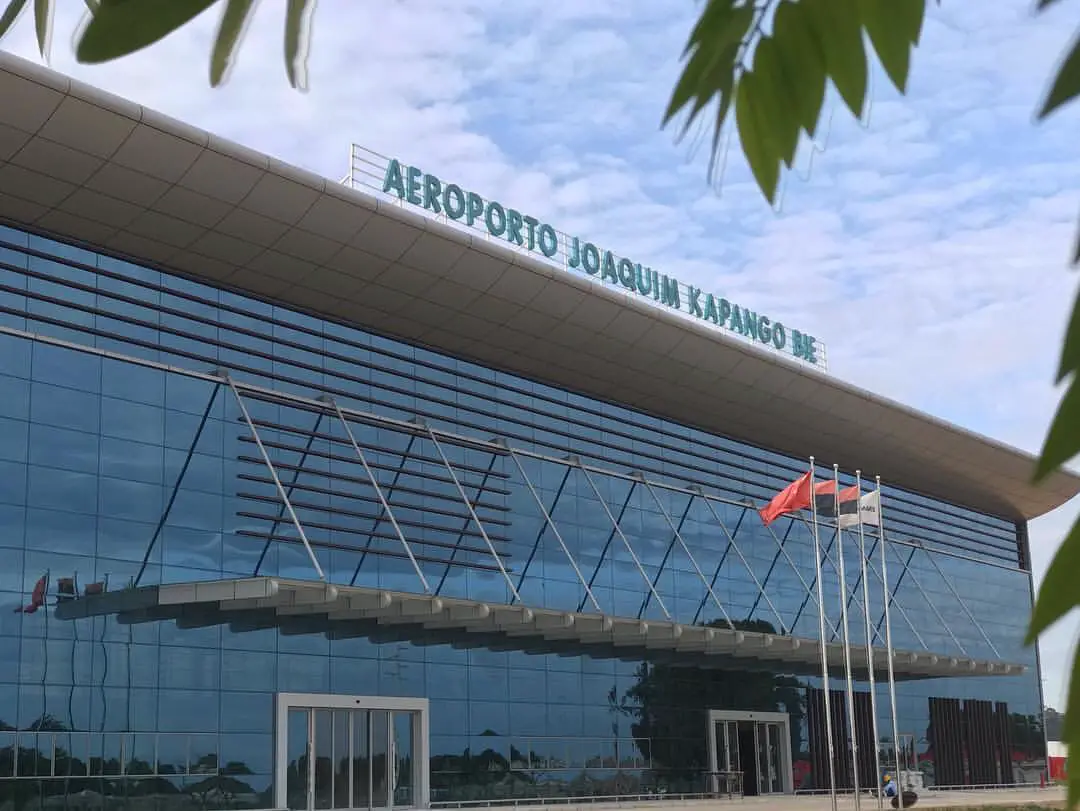Angola has reopened Joaquim Kapango Airport after 24 months of rehabilitation and modernization works. The facility, located in Cuito city, was reopened by the head of State, Joao Lourenco, who has been on a two-day working visit to the province of Bie.
The rehabilitation works
The rehabilitation works that will allow the airport to receive Boeing 737-type aircraft, gobbled up a whooping US $45m but this is believed to be a worthwhile expenditure taking into consideration the impending benefits the project is anticipated to bring. With a runway of 2,500 meters long, Joaquim Kapango now has a boarding capacity of 360 passengers per day at peak hours.
The project covered the construction of the passenger terminal, the operations building, the 4,500 square meter control tower, the restoration of the passenger building, as well as the construction of the power station, access areas, car park and cargo terminal. The head of State also revealed that, beside the airport, the Cuemba’s aerodrome will also undergo rehabilitation so it can be able to receive twin -propeller aircraft, given the strategic importance of the locality.
Also Read:Rehabilitation of Sunyani Airport in Ghana nears completion
Public transport system
A Chinese firm, CR20, has been executing the repair works since 2015 after winning the tender and its delivery deadline was initially scheduled for 2018 but due to some logistics, the completion date was revised to 2019. As part of the capacity-building of public transport to Bié Province, 16 new buses are already in operation as part of a programme that will run until 2020, under the Transport Ministry’s responsibility for inter-provincial transport.
There is also the railway, the most important means of transport in the province, by connecting the east of the country, on the Kuito / Luena line, transporting people and goods. As this is an important medium for the region, improvements are being made to the line, infrastructure, signaling and communications, which will allow the speed of locomotives to be increased from 80 to 90km per hour, reducing, thus the travel time.

